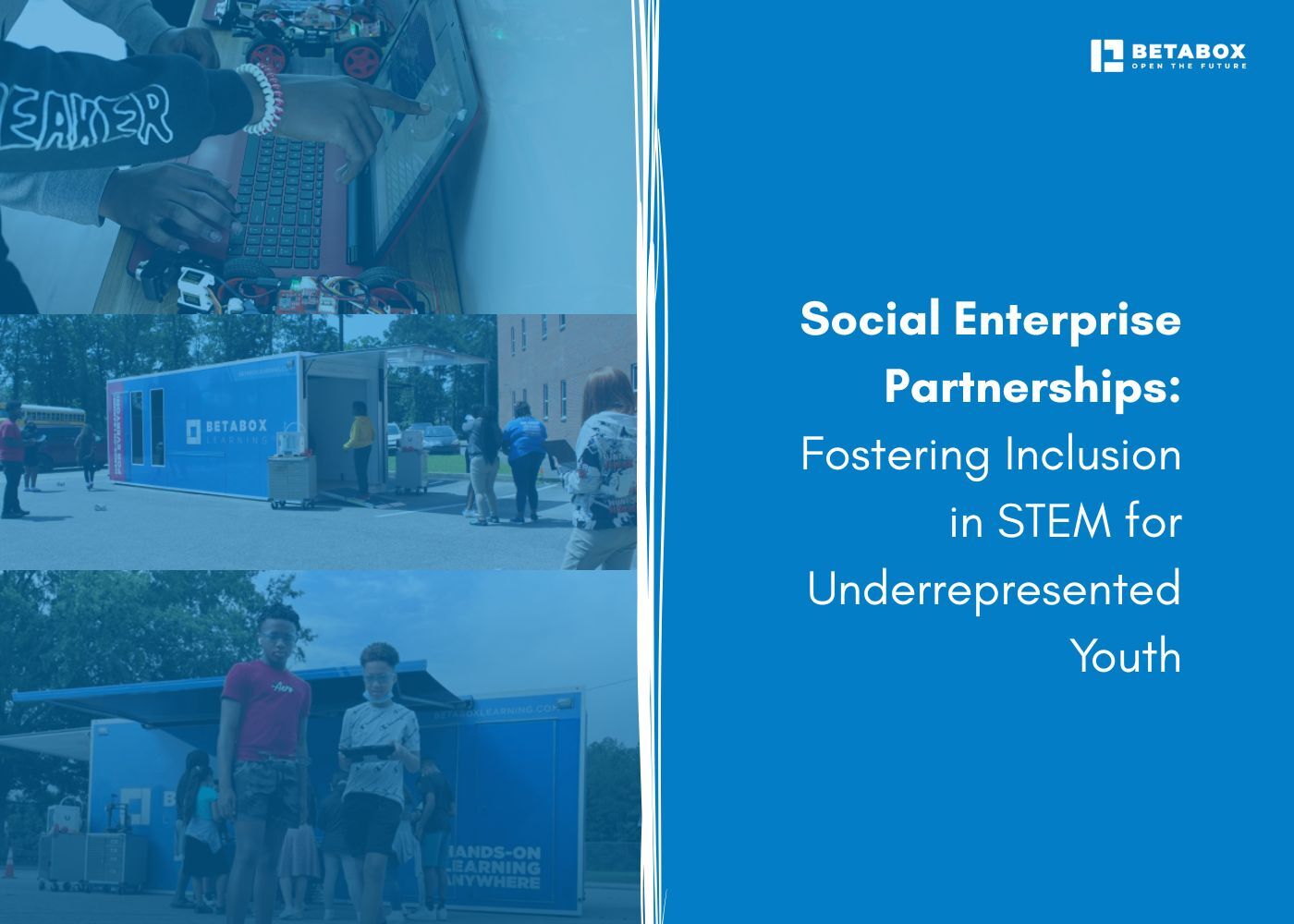
STEM education is one of the strongest predictors of future career opportunity. From renewable energy to robotics, the fastest growing industries demand skills in science, technology, engineering, and math. For many young people, however, access to these pathways remains out of reach.
Social enterprise partnerships are changing that reality. By linking nonprofits, corporations, and communities, these collaborations create new entry points for underrepresented students. The goal is not only exposure but sustainable engagement that leads to long-term empowerment in STEM fields.
Jobs requiring digital literacy, coding, and problem-solving are growing at twice the rate of non-STEM fields. Projections show that nearly every sector, from healthcare to agriculture, will require technical literacy. Students with early STEM experiences are more likely to pursue advanced coursework and enter high-demand fields.
The problem is that opportunity is not evenly distributed. In low-wealth or rural districts, schools often lack labs, technology, and industry connections. Without targeted interventions, students in these communities remain excluded from careers that will define the future of work.
The barriers are structural and persistent. Funding inequities leave some schools with state-of-the-art robotics programs while others struggle to purchase basic supplies. Representation gaps mean many students never see a scientist or engineer who shares their background.
Curricula often miss the chance to connect STEM to real-life challenges in students’ own communities.
Geography compounds these problems. A school in a remote county may have no direct connection to employers in technology-driven industries. The result is that too many students graduate without ever experiencing the spark that drives curiosity in STEM.
Social enterprises operate with the agility of startups but with missions focused on social good. In STEM education, they play a bridging role between districts, funders, and industry. They design programs that fit within school systems, bring in external expertise, and ensure initiatives are sustainable rather than one-off experiences.
Their advantage lies in building models that scale. While traditional programs may reach a handful of classrooms, social enterprises create frameworks that entire districts can adopt. This shift makes equitable access possible at a systemic level.
Betabox embodies this role. Through mobile labs, hands-on projects, and scalable career tools, Betabox partnerships provide districts with practical pathways to embed STEM inclusion directly into their instructional strategy.
Partnerships expand equity by aligning the strengths of different sectors:
The result is a coordinated system that replaces gaps with structured opportunities. When students engage with mentors, work on industry-aligned projects, and see their skills applied to real-world challenges, barriers to participation begin to fall away.
Programs driven by these partnerships have shown significant outcomes. Evaluations of Betabox Onsite Field Trips found a 25% increase in STEM interest and a 50% improvement in content knowledge after a single session. These short-term gains matter because early confidence often determines whether students choose to pursue further STEM opportunities.
Other initiatives, such as project-based kits and mentorship networks, have built long-term pipelines by linking hands-on exploration with scholarships and career pathways. These outcomes demonstrate that inclusion is not an abstract goal but something that can be measured and scaled.
A nonprofit develops a culturally responsive curriculum while a company contributes technology and mentors. The collaboration makes resources available to schools that otherwise could not afford them.
Public grants provide funding while social enterprises handle program design and delivery. This ensures equitable coverage across rural and urban districts.
Community organizations anchor STEM learning in local relevance. For example, environmental monitoring projects designed by community groups connect scientific concepts to real environmental challenges students see every day.
Together, these models illustrate how partnerships for STEM diversity can be structured to maximize both reach and impact.
Mentorship is one of the clearest examples of impact. When engineers partner with schools, students receive first-hand exposure to careers they had never considered. Scholarship funds connected to project-based competitions allow high-achieving students from underserved schools to continue their studies.
Betabox contributes through turnkey solutions like Hands-On Projects and Onsite Field Trips, where students apply STEM skills to build drones, cars, and other real-world tools. These experiences create the spark moments that often define career trajectories.
Even successful partnerships face obstacles. Funding cycles tied to corporate social responsibility can be unpredictable. Without long-term commitment, programs risk disruption.
Scaling mentorship beyond pilot programs is another challenge. Personalized guidance is powerful, but resource intensive. New technology platforms may help by connecting students to mentors virtually while maintaining the authenticity of the interaction.
Curriculum must also evolve. Too often, lessons focus on memorization rather than the applied skills that industry requires. Without attention to inclusion and relevance, even well-funded programs can fall short of their potential.
Future progress will depend on scaling proven models while adapting to new contexts. Key strategies include:
These strategies ensure that access is not only expanded but sustained across generations of students.
Social enterprise partnerships are creating the conditions for equitable STEM access at scale. Through shared resources, mentorship, and culturally relevant programming, they provide underrepresented youth with opportunities that prepare them for the future of work.
Betabox contributes by delivering research-backed, turnkey resources that districts can implement immediately. From Onsite Field Trips to Hands-On Projects, and from Pathbuilder career tools to broad partnership networks, Betabox ensures that equity in STEM is not just an aspiration but a reality.
District leaders, nonprofits, and corporate partners ready to expand STEM access can connect with Betabox to design custom plans, secure funding, and measure long-term impact. Together, these efforts can open the path into technology for every student.
How do social enterprises promote diversity in STEM?
They design and deliver inclusive programs, provide schools with access to equipment and mentorship, and ensure initiatives reach underrepresented students.
Why is it important to support underrepresented youth in STEM?
Supporting them creates equity in education, strengthens workforce diversity, and opens access to careers in industries that shape the future.
What role do partnerships play in STEM inclusion?
They align funding, expertise, and community needs to make programs sustainable and impactful across entire districts.
How can nonprofits and corporations collaborate to bridge STEM gaps?
Corporations can supply resources and mentors while nonprofits tailor curriculum and delivery, ensuring programs are relevant and effective.
What initiatives have been successful in advancing diversity in STEM fields?
Examples include field trips, project-based learning kits, mentorship programs, and scholarship pathways tied to hands-on STEM exploration.


Ready to learn how Betabox resources can be implemented at your school or District?
Book a Blueprint Call

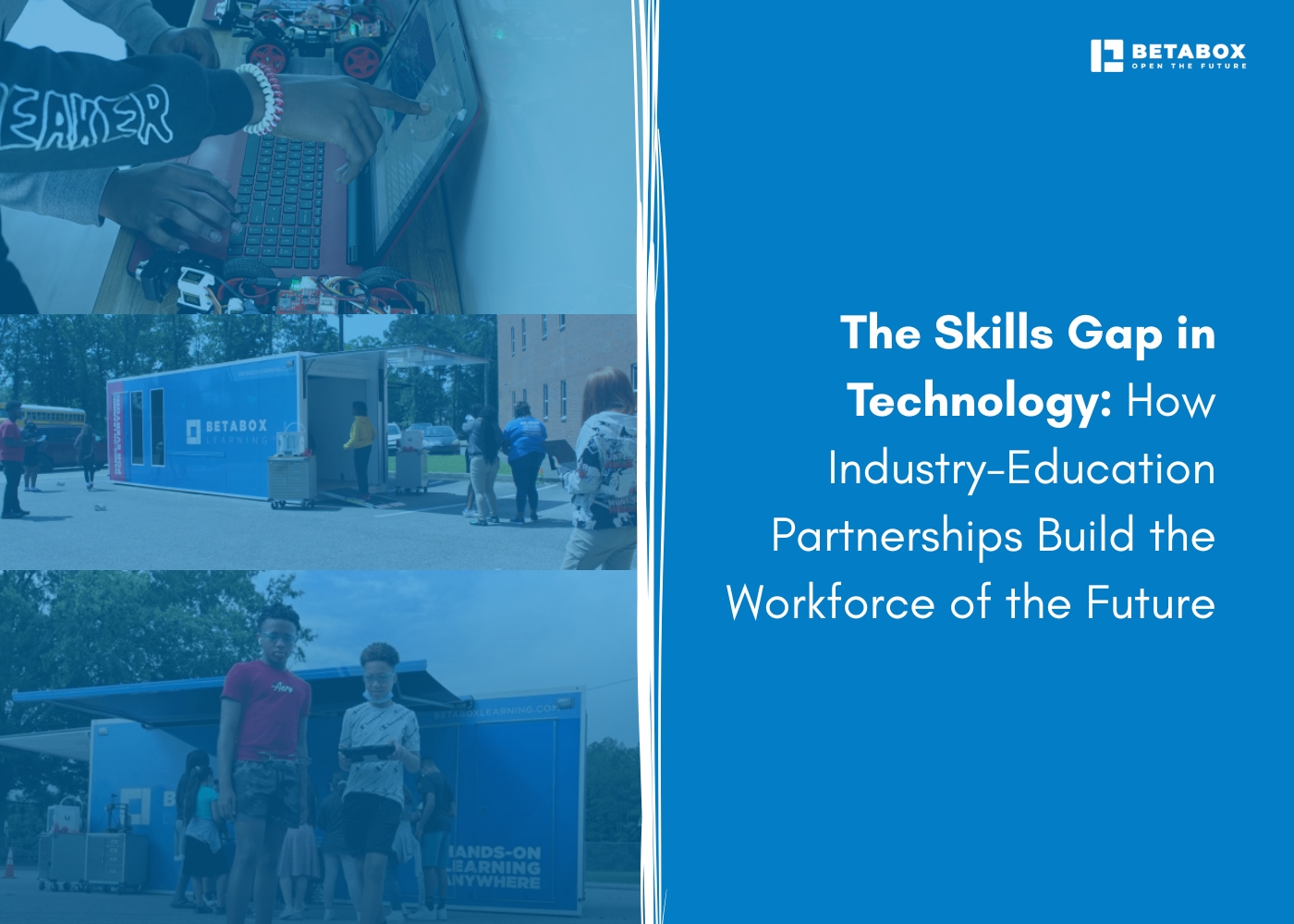

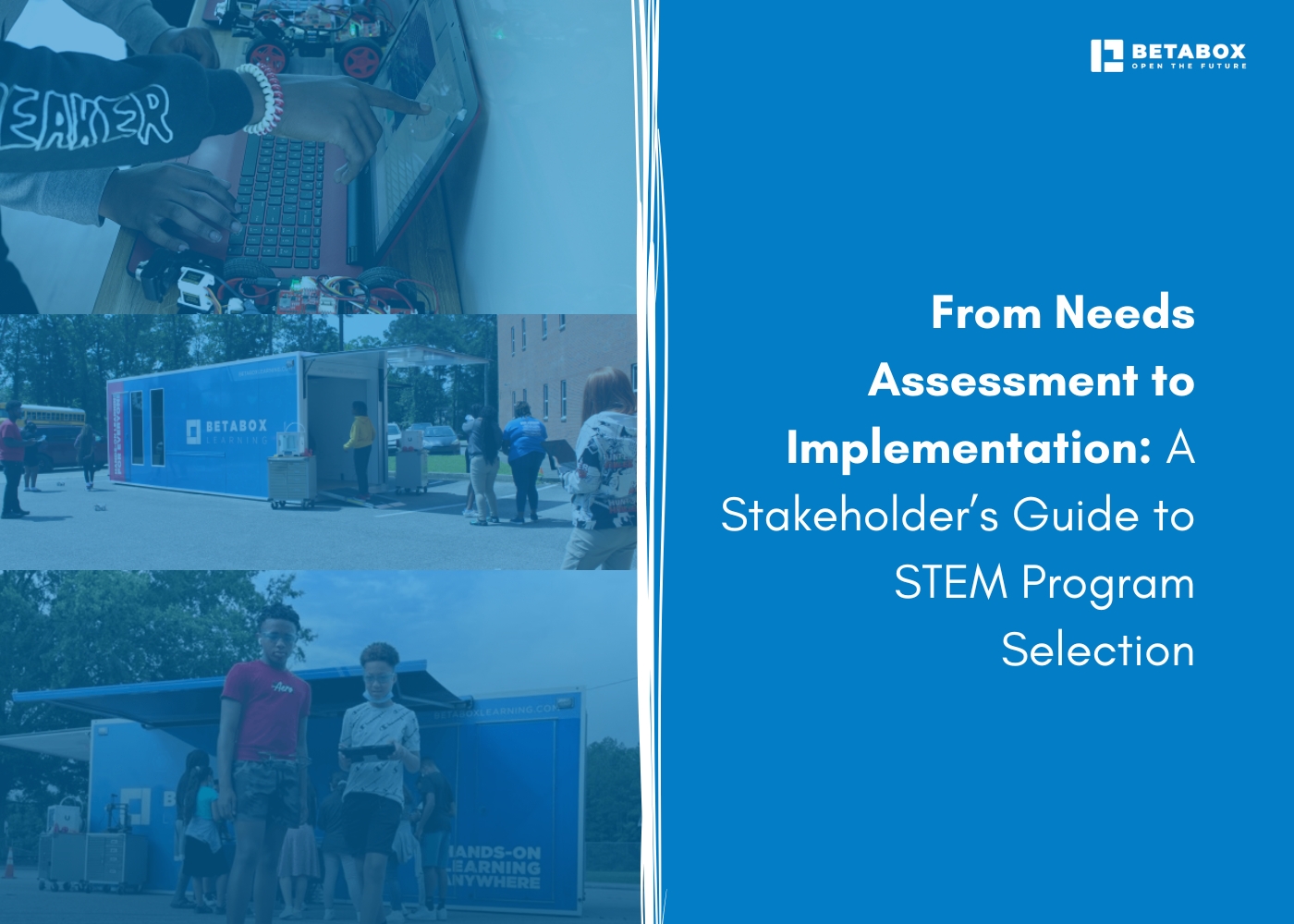

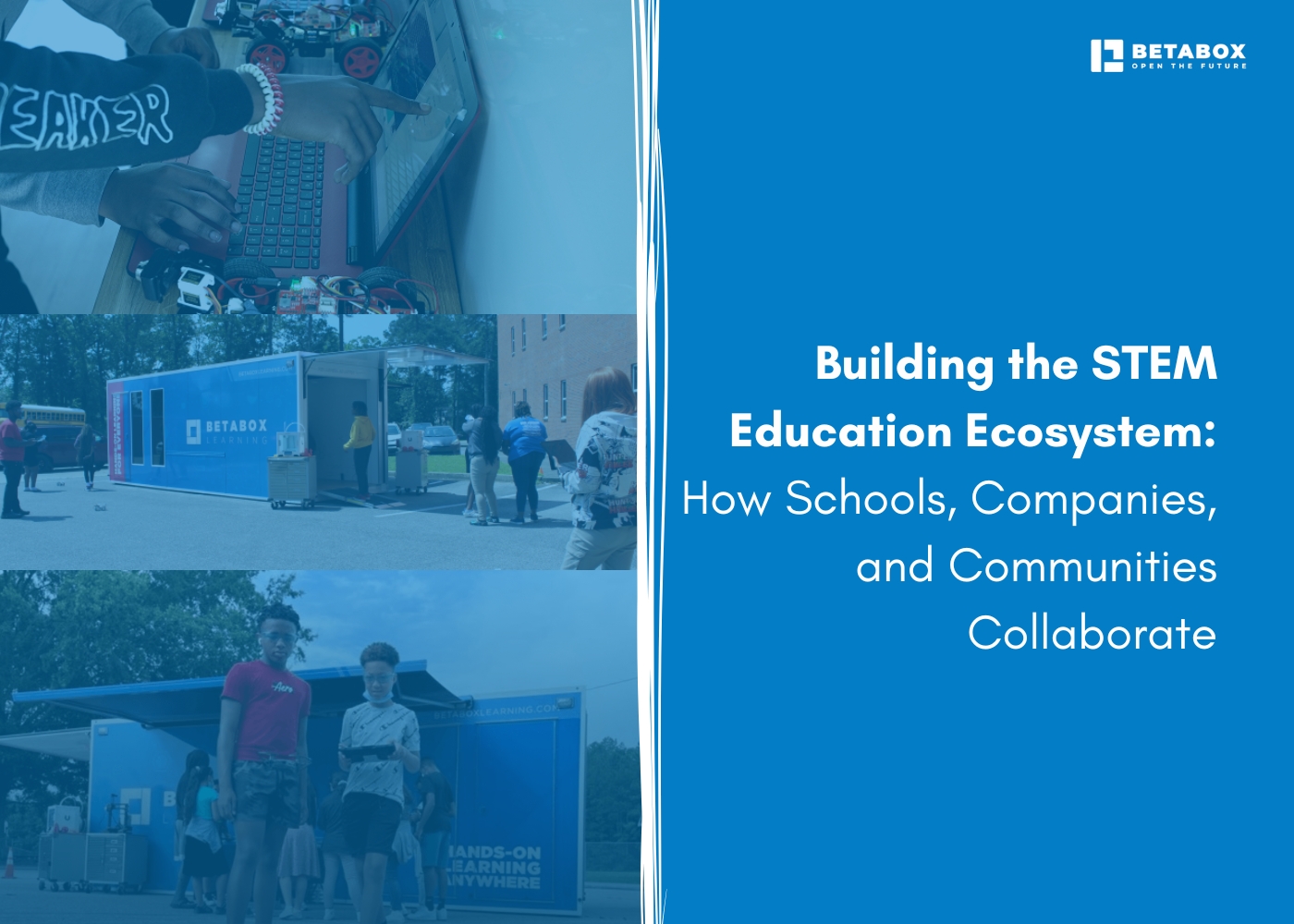

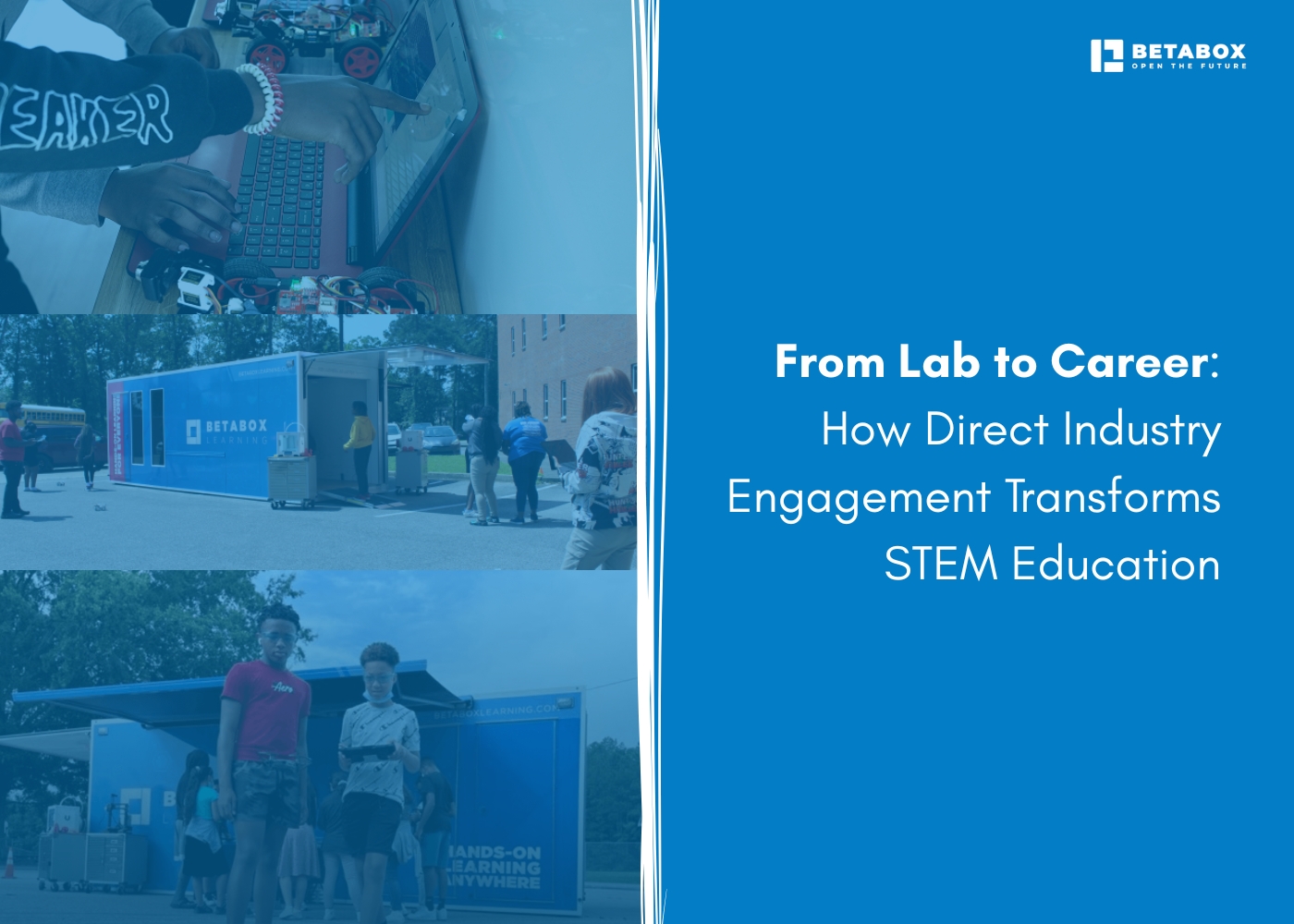

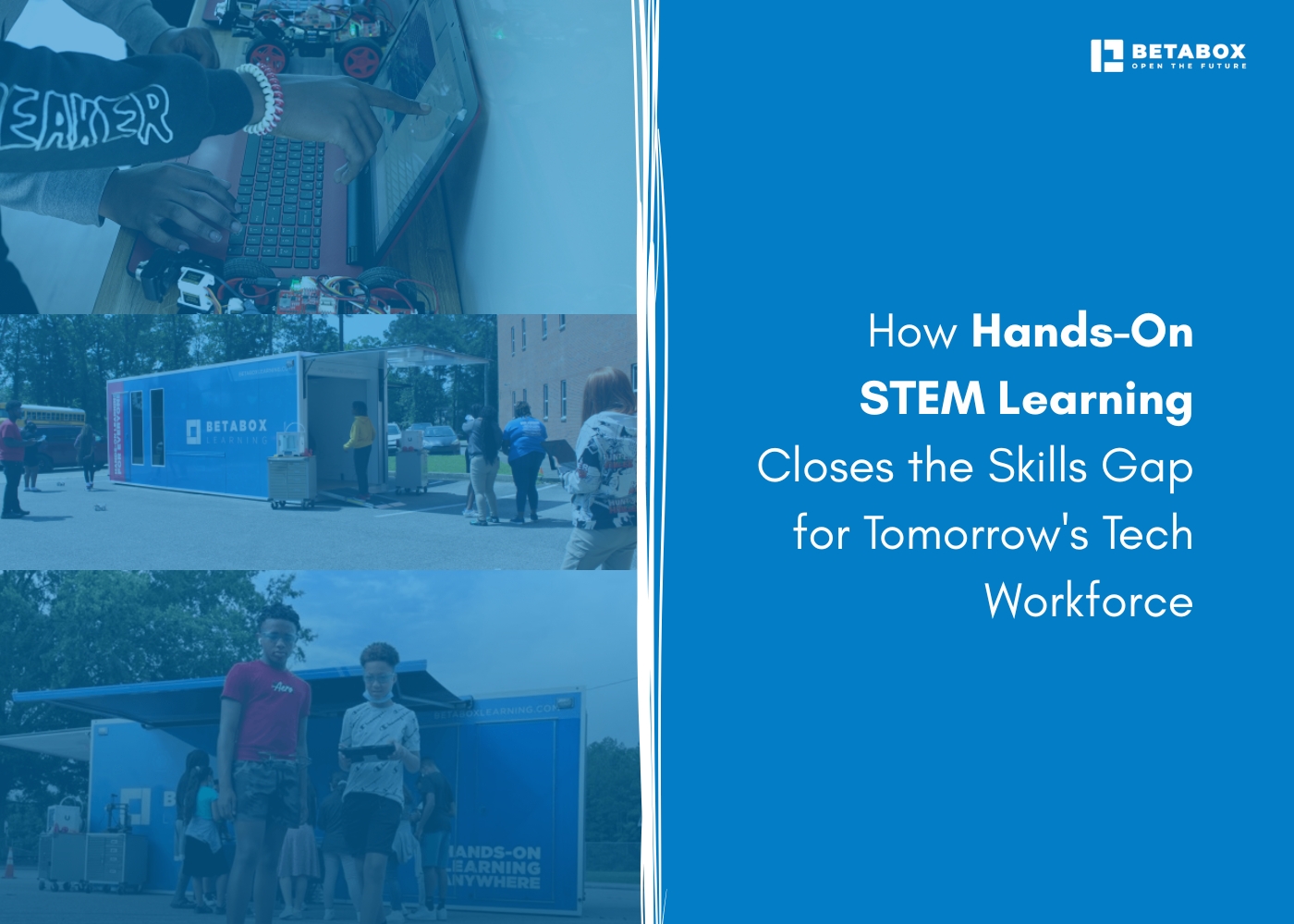

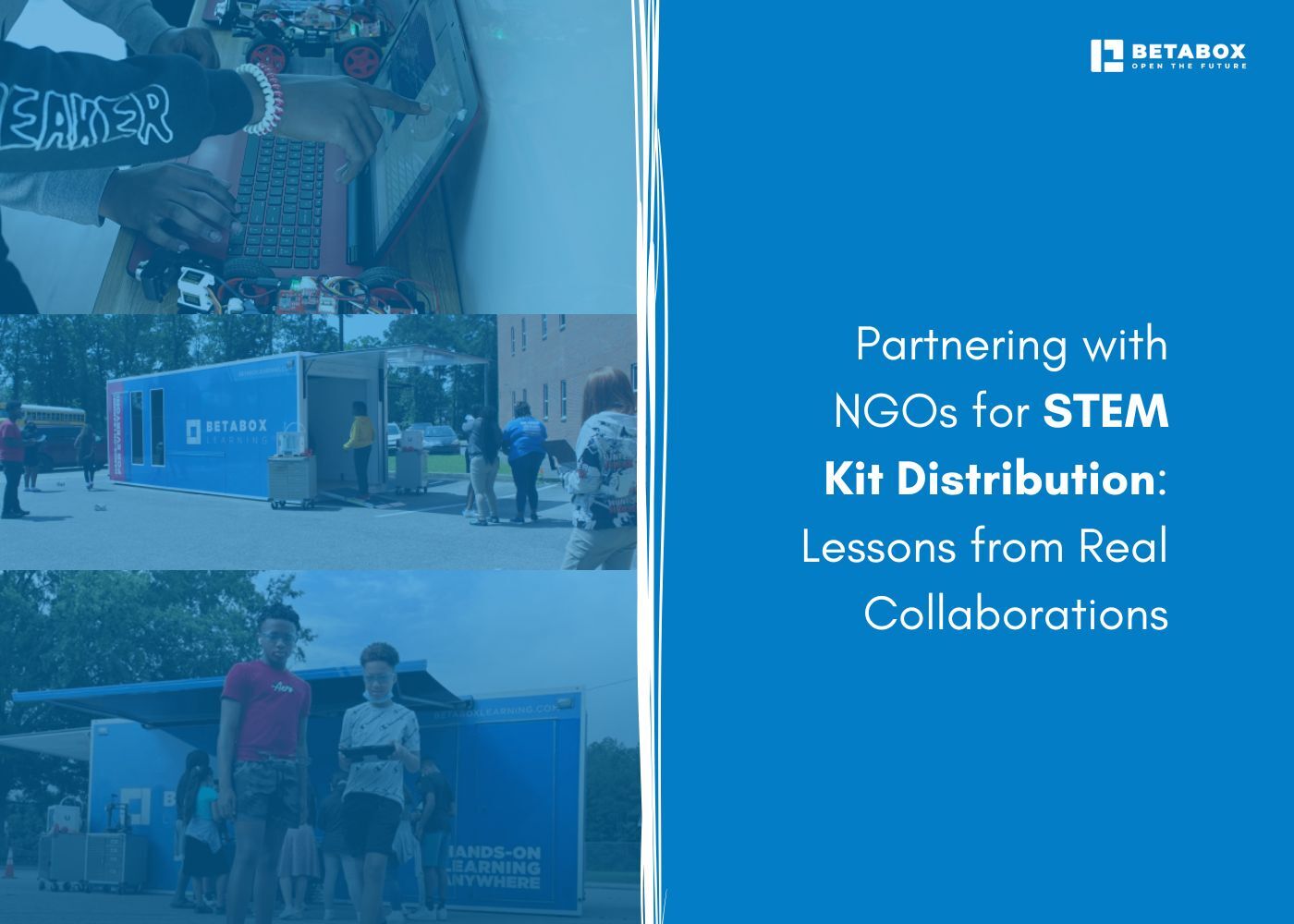

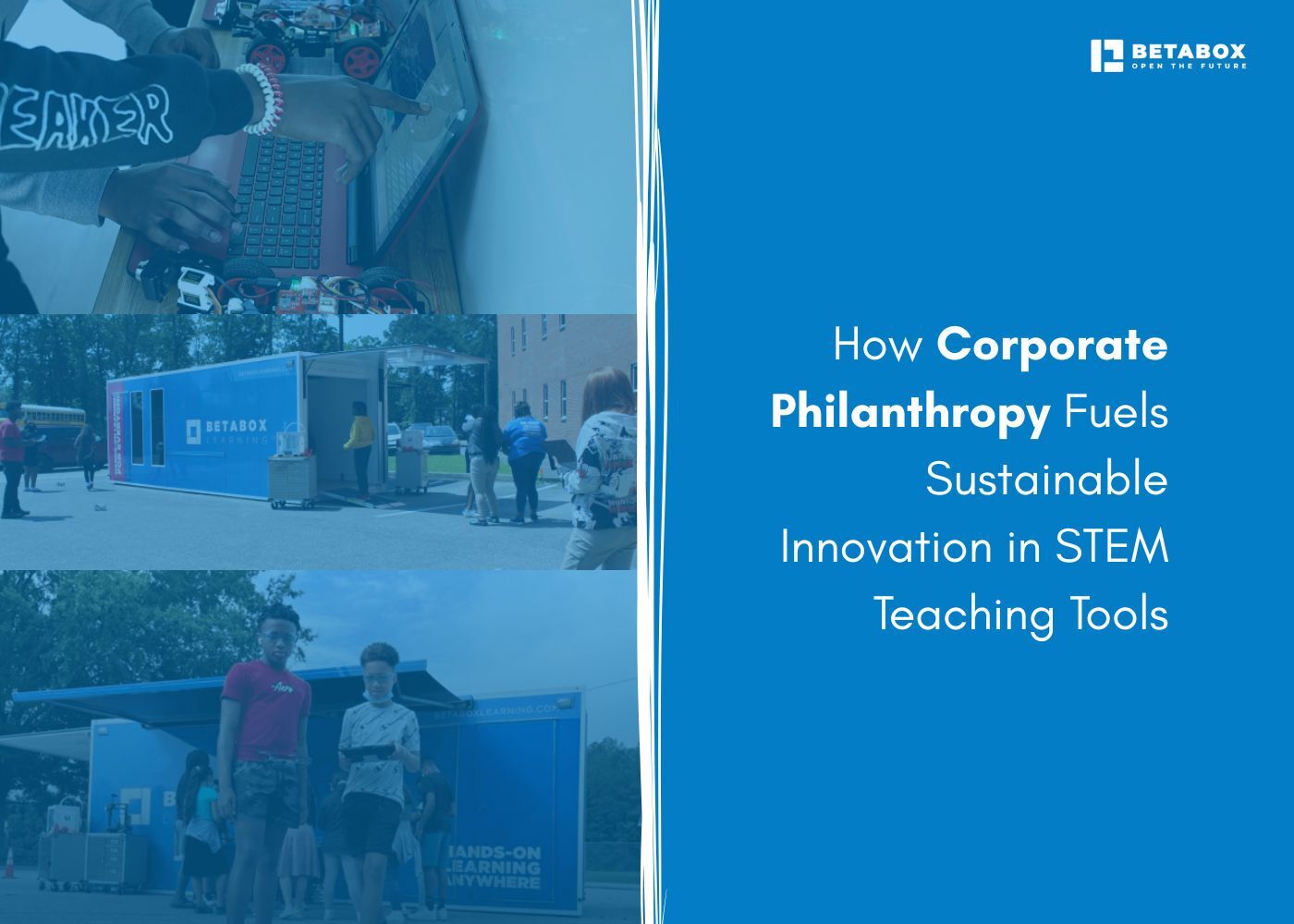

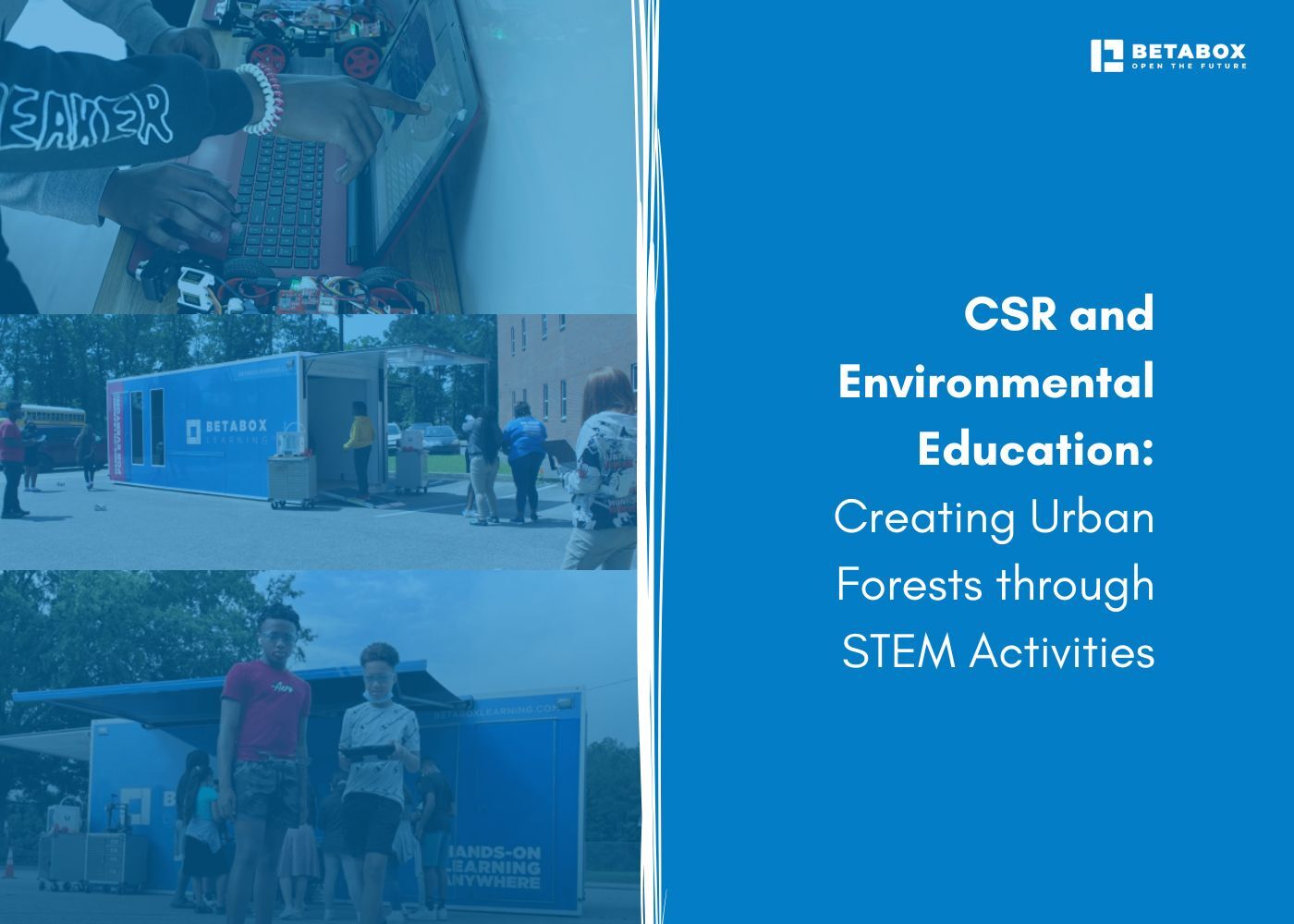



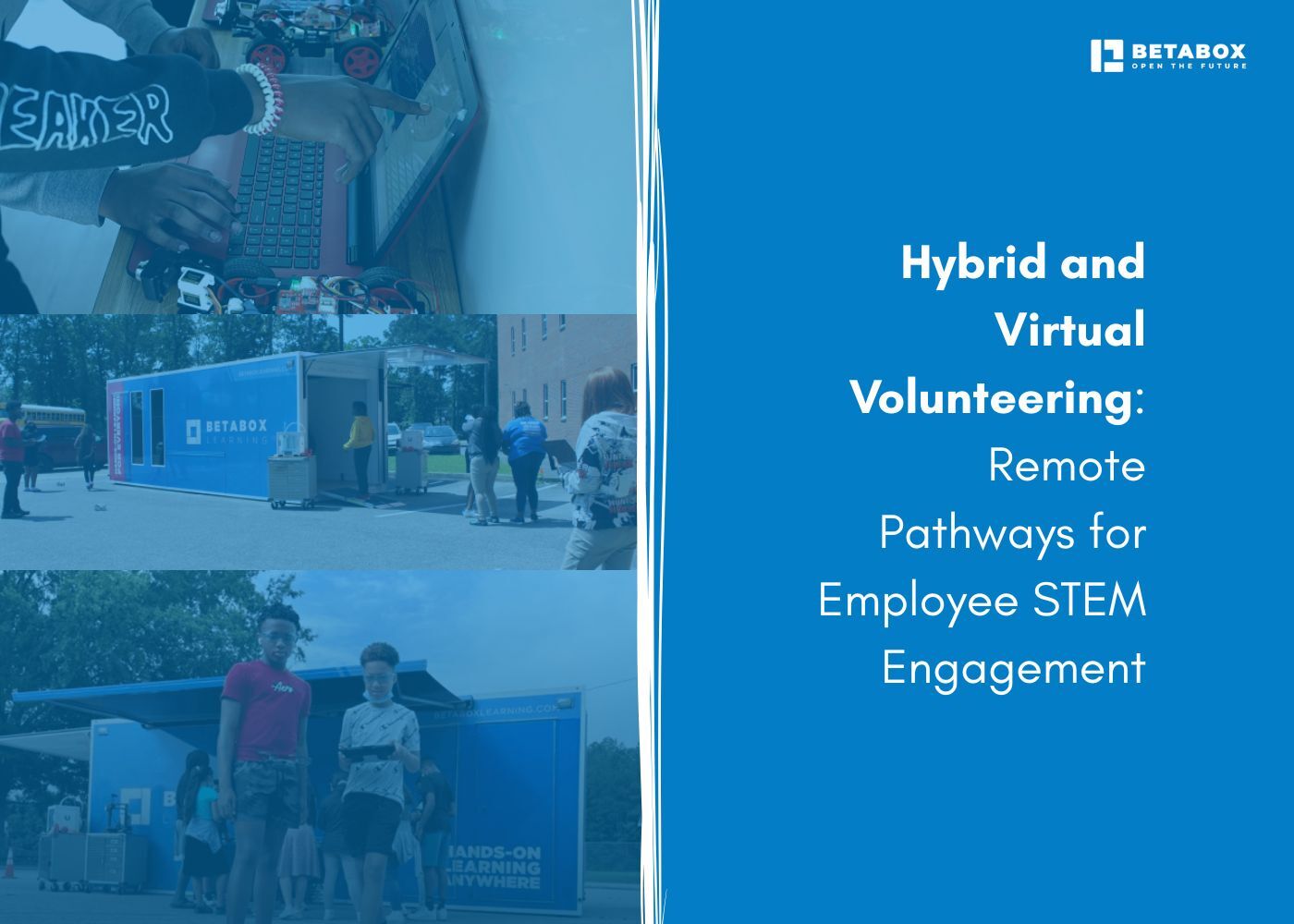

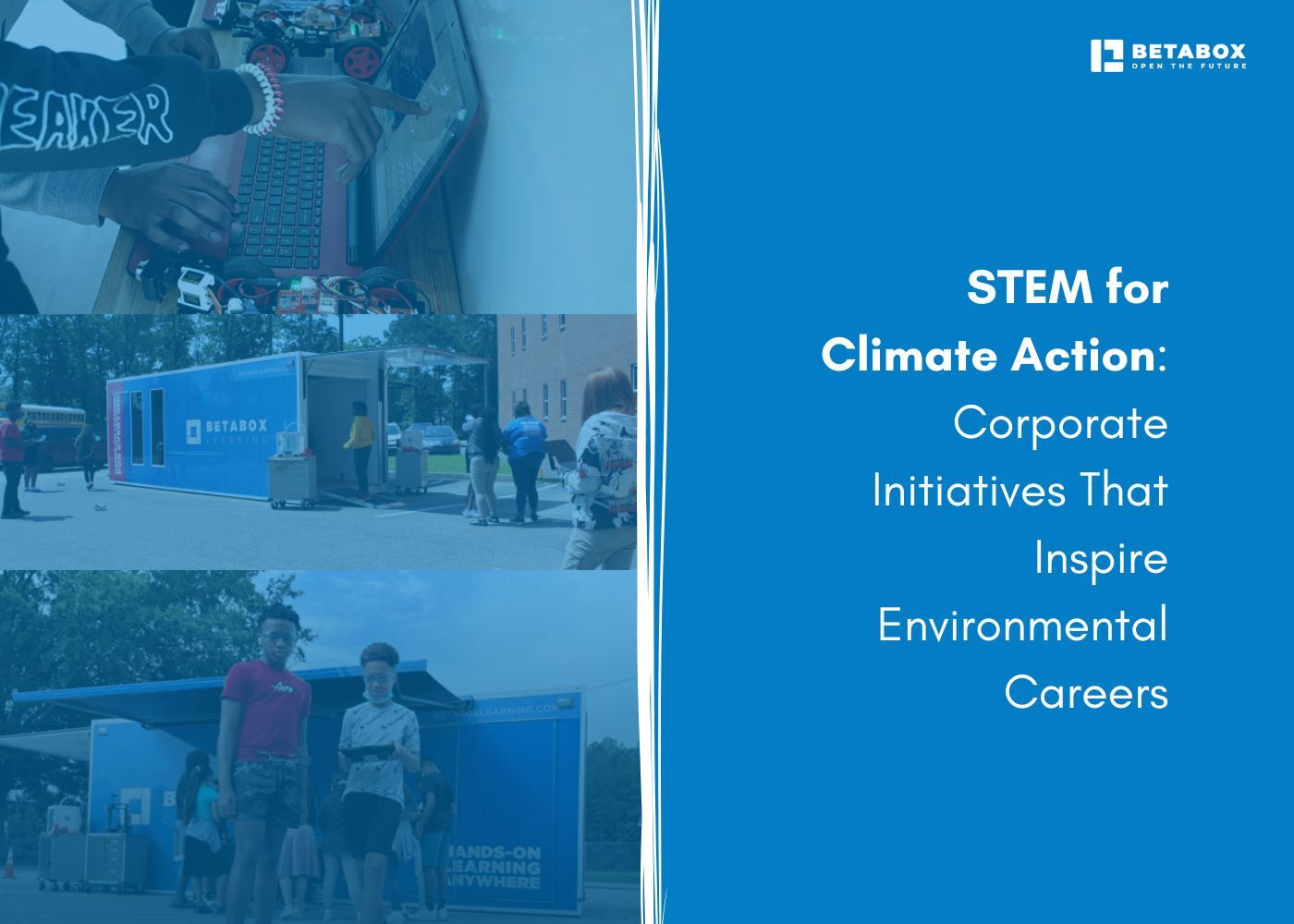



At Betabox Learning, we are passionate about making hands-on STEM curricula accessible to all students.

Join our newsletter to stay in the loop on all things Betabox and the future of STEM education.
By submitting your email address, you agree to our Privacy policy and Terms of Service. You can unsubscribe any time via the link in your email.
© 2025 Betabox. All Rights Reserved
